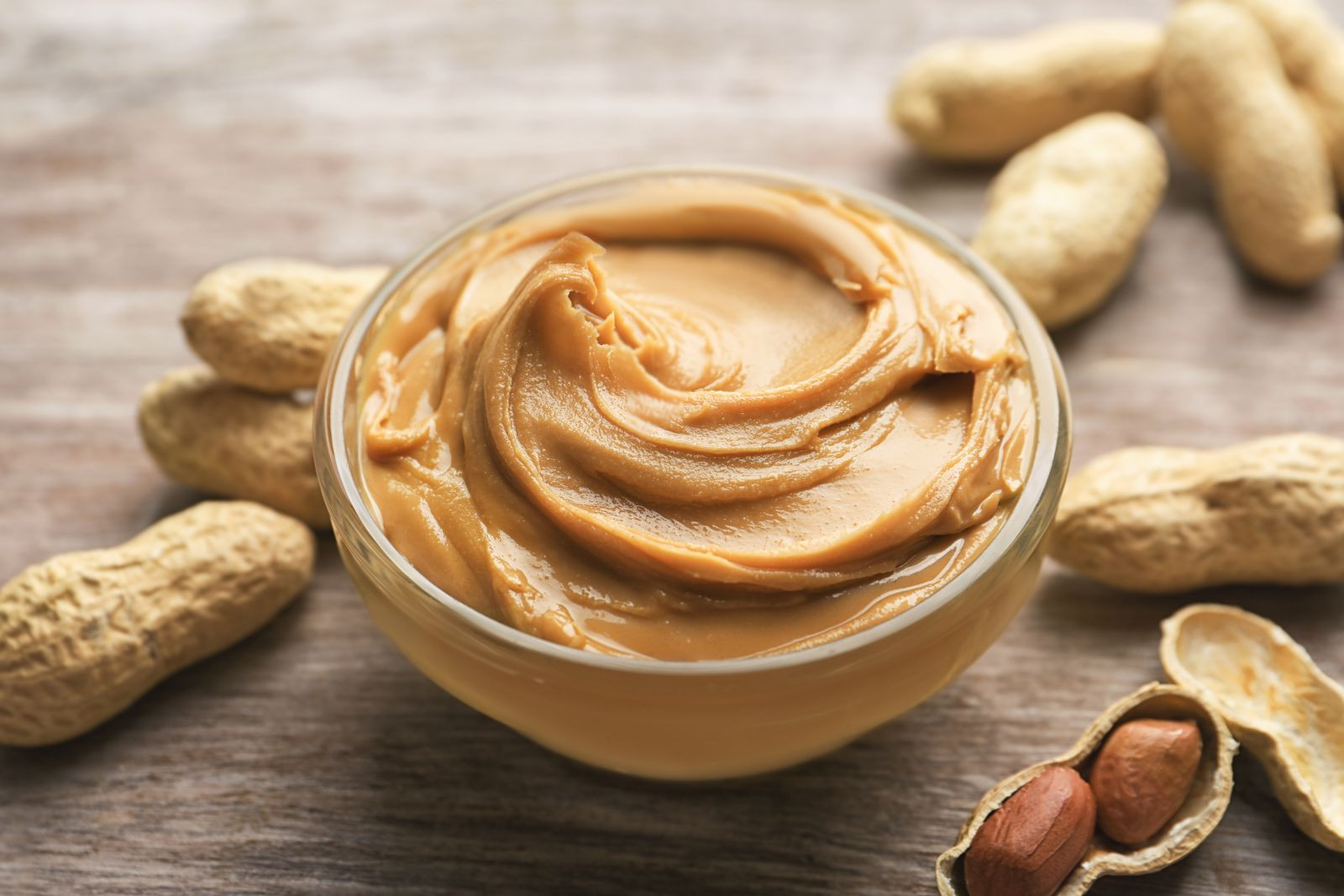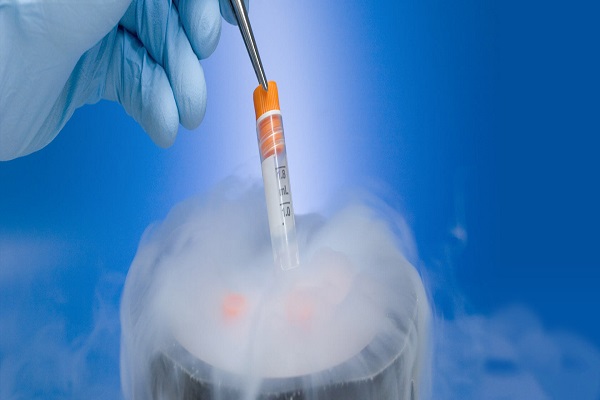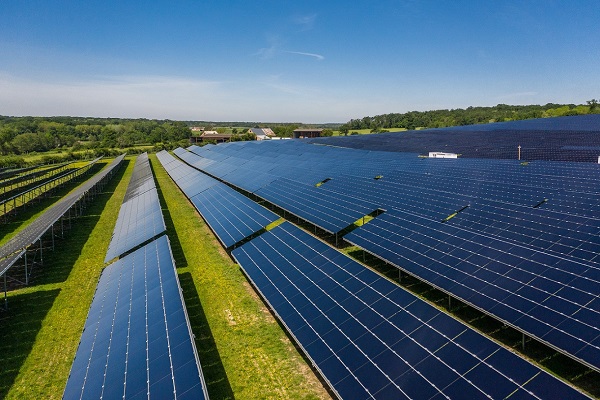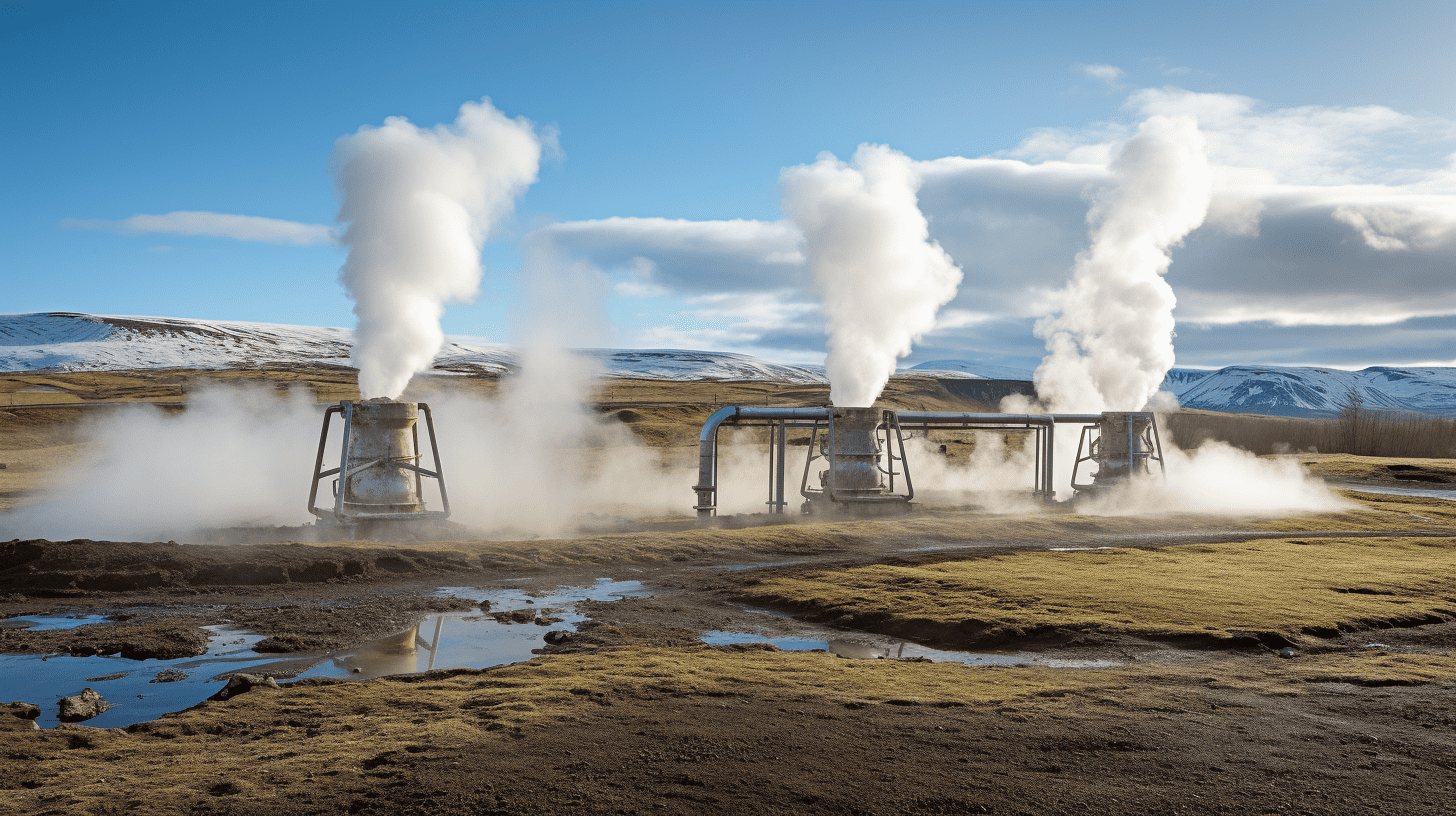Global Biopreservation market size was USD 3.11 billion in 2023 and the market is projected to touch USD 23.73 billion by 2032, at a CAGR of 25.33 % during the forecast period. Biopreservation refers to keeping alive of biological samples, cells, tissues and organs in a state of stability through cooling or freezing them so as to prolong their shelf life and retain their quality for use in future. It is very important to different sectors such as healthcare, pharmaceuticals and R&D where there is need for such materials to be kept for conducting tests or treatments or even transplanting an organ. Biopreservation market is made up of various types of products and services aimed at making this process easier including specialized storage devices, chemicals used for preventing spoilage known as cryoprotectants together with solutions which keep them alive known as preservation media among others which fall under sample management aspects or transport in different ways or even departments in specific institutions.
Recent years have witnessed a substantial increase in the global biopreservation market owing to a number of different factors. Demand for specific drugs and treatments coupled with regenerative surgeries that necessitate personal data storage on life supporting materials is one primary force creating an impact on this trend. Moreover, there is growing rates of chronic illnesses development along with rising counts of organ transplant procedures which has led to the demand for efficient biopreservation methods. However, obstacles like regulations, ethics, and expensive storage facilities seem to be preventing the market from growing. The global biopreservation market is projected to grow in the future as research into improving biopreservation techniques continues and their application area broadens, this will provide an opportunity for those concerned in healthcare industries.
Global Biopreservation report scope and segmentation.
Report Attribute
Details
Base Year
2023
Forecast Years
2024–2032
Estimated Market Value (2023)
USD 3.11 Billion
Projected Market Value (2032)
USD 23.73 Billion
Segments Covered
By Product, By Application Area, By End User, & By Region.
Forecast Units
Value (USD Million or Billion)
Quantitative Units
Revenue in USD million/billion and CAGR from 2024 to 2032.
Regions Covered
North America, Europe, Asia Pacific, Latin America, and Middle East & Africa.
Countries Covered
U.S., Canada, Mexico, U.K., Germany, France, Italy, Spain, China, India, Japan, South Korea, Australia, Brazil, Argentina, GCC Countries, and South Africa, among others.
Global Biopreservation dynamics
There are several key factors driving the biopreservation market, one of which is increase in the demand for personalized medicine and regenerative therapies. This results in the necessity to preserve individualized biologic samples. This means that as more precise treatments are being designed for specific patients, there is an urgent need for proven biopreservation techniques to keep these samples. Furthermore, numerous other factors account for the expanding market for biopreservation solutions which is promoted by the increasing number of patients with chronic conditions as well as growing organ transplantations globally. Many people are now in need of long-term treatment such as regular medical care, then this implies a rise in the use of conserved living things for scientific study, detection, and treatment.
Similarly, biotechnology and cell therapy research can change the biopreservation market. Furthermore, given that stem cell therapy and gene editing present new opportunities, protecting biological samples is given much attention to aid in continuous research and development efforts. The world is driven by the need for new biopreservation technologies and services designed to preserve various biological materials alive and functioning. Moreover, these collaborations among academia, industry and government have played a significant role in enhancing knowledge sharing, resource availability, funds provision among others in order to support research on biopreservation.
Get Complete Report: https://organicmarketresearch.com/global-biopreservation-market
Global Biopreservation drivers
Rise in Personalized Medicine
Biopreservation market gains a lot due to the strong spike in favour of personalized medicine a medical trend that involves tailoring treatments to the individual patient’s genetic composition. This form of medicine calls for storing bodily fluids taken from a patient for future use during diagnosis or research. The rise in awareness about genetic factors determining disease susceptibility and response to treatments leads to a growing need for biopreservation solutions to hold these examples. This phenomenon does not only encourage the utilization of biopreservation techniques in health care, but also brings together biobanks with research organizations and pharmaceutical firms in order to create targeted treatments.
Advancements in Biotechnology
The demand for innovative biopreservation solutions is driven by continuous advancements in biotechnology especially in cell therapy, regenerative medicine, and tissue engineering areas. Maintaining the viability and functionality of live cells and tissues used for new therapeutic modalities being explored in the research community requires specific approaches in their preservation. Induced pluripotent stem cells (iPSCs) have revolutionized research into effective therapies. They need precise cryopreservation procedures, however, for the cell to remain intact when stored or defrosted. In view of the above, biopreservation industry stakeholders should anticipate an upward trajectory as biology burgeons and advanced therapeutics demand top of the range conservation methods.
- Restraints:
Regulatory Constraints
Regulatory compliance is indeed a challenge that the market of biopreservation is facing more so regarding the storage and transportation of biological samples. As a result of these regulations and guidelines put in place, preserved specimens have to be handled, labelled and documented in accordance with stringent measures which in turn make operations in biopreservation expensive and complex. Observing international standards such as Good Manufacturing Practice (GMP) and Good Distribution Practice (GDP) is key but can pose a challenge to smaller players or players operating in multiple jurisdictions.
High Cost of Specialized Equipment
The expensive characteristic of specified biopreservation equipment like ultra-low temperature freezers, automated storage systems and cryopreservation tanks have been an enormous obstacle to market expansion. It requires a lot of funds to establish and keep running biobanks or biorepositories that have latest facilities for preservation purposes. Additionally, the present operational costs like energy consumption and maintenance increases the cost hence limiting access to advanced solutions for biopreservation especially in low-resource contexts.
- Opportunities:
Expansion of Biobanking Initiatives
The increasing focus on personalized medicine and biomolecular exploration will provide opportunities for expanding global biobanking endeavours. Biobanks are essential in scientific studies, particularly in sample preservation which boosts the need for bio-preservation solutions. By creating complete biobanking networks, it will allow biopreservation providers to offer their services and technologies which have been facilitated by collaborative efforts among academic institutions, healthcare organizations and government agencies.
- Segment Overview
By product, the biopreservation market is segmented into Equipment, and Biopreservation Media. Equipment includes a range of devices used for the storage and preservation of biological samples, such as ultra-low temperature freezers, liquid nitrogen tanks, and automated storage systems. These products create environments that are carefully controlled which help maintain the condition of cells, tissues, and organs for extended periods. Also, biopreservation media refers to solutions or mixtures created specifically for safeguarding biological matter from various agents while still allowing storage or shipment. Usually within them are found anti-freezes as well as anti-oxidants together with other preservatives used in order to reduce injury imposed by such process as low temperature maintenance on living cells.
By application, the biopreservation market is segmented into drug discovery, biobanking, regenerative medicine, and other application areas. In drug discovery, biopreservation plays a crucial role in preserving cell lines, tissues, and biological samples used in screening assays, pharmacokinetic studies, and toxicity testing. Biobanking includes the collection, storage and distribution of biological specimens for research, clinical trials or diagnostic objectives, thus leading to an overwhelming demand for dependable biopreservation solutions which can preserve the integrity of samples. In regenerative medicine the conservation of stem cells, tissues and organs is a prerequisite for the production of new therapies to replace damaged tissues in patients. Biopreservation, besides, is also utilized in agriculture, veterinary medicine and environmental research where there is a demand for keeping samples for a long duration period to aid in scientific study as well as other works.
Global Biopreservation Overview by Region
With its well-established healthcare facilities, extensive research and development projects, as well as huge investments into biotechnology and pharmaceutical industries, North America is the leading market in the world. Biobanks, academic institutions and industry counterparts in collaboration have led to cutting edge innovations in biopreservation technologies and service delivery in this area. Initiatives promoting personalized medicine, regenerative therapies and biobanking networks as well as stringent regulatory standards has made Europe to follow closely in order to ensure the quality and safety of biopreserved samples which in turn fosters trust among stakeholders. The Asia Pacific region can undergo a swift expansion, arising from an upsurge of healthcare expenditure in this fast-growing industry, development of biopharmaceuticals and increased attention to preservation of living organisms in medicine. China, Japan, India, among others are putting up facilities for storing samples and studying preserved organisms in order to keep pace with rising needs of the developing countries. Furthermore, emerging economies in Latin America and the Middle East & Africa are witnessing rising investments in healthcare infrastructure and research capabilities, presenting untapped opportunities for market expansion.
Global Biopreservation market competitive landscape
The competitive landscape of the biopreservation market is identified by the presence of several key players, including Thermo Fisher Scientific Inc., Merck KGaA, GE Healthcare, BioLife Solutions Inc., and Avantor Inc. These companies dominate the market through their extensive product portfolios, strong distribution networks, and strategic partnerships. They focus on innovation to develop advanced biopreservation solutions that meet the evolving needs of healthcare, pharmaceutical, and research industries. Additionally, mergers and acquisitions play a significant role in influencing the competitive factors, enabling companies to expand their market presence and enhance their capabilities in biopreservation technologies and services. In addition, the biopreservation domain is being penetrated by small companies and new market participants who offer narrow specialized products for certain uses or market segments. This increases competition and prompts larger corporations that wish to remain competitive to spend more on R&D activities.
Global Biopreservation Recent Developments
- November 2023, BioLife Solutions announced a fundraising of USD 10.4 million through a private placement by Casdin Capital. The funds are intended to support ongoing operations related to biopreservation media and other offerings.
- October 2022, Azenta, Inc. completed the acquisition of B Medical Systems S.á r.l and its subsidiaries. B Medical Systems is renowned for providing temperature-controlled storage and transportation solutions crucial for delivering life-saving treatments worldwide.
- July 2022, the inauguration of Cellutions BioStorage took place in Chennai, India. As a research-to-launch Cryopreservation Bank, Cellutions BioStorage offers comprehensive biomaterial storage and logistics services. It caters to biopharmaceutical firms seeking to outsource supply chain management throughout a product’s life cycle. The newly opened facility spans 25,000 square feet and boasts state-of-the-art infrastructure.
Contact Us:
Mob : +91 9319642100
Noida One Tower Sec 62 Noida 201301
Sales : sales@organicmarketresearch.com
Website : https://www.organicmarketresearch.com














